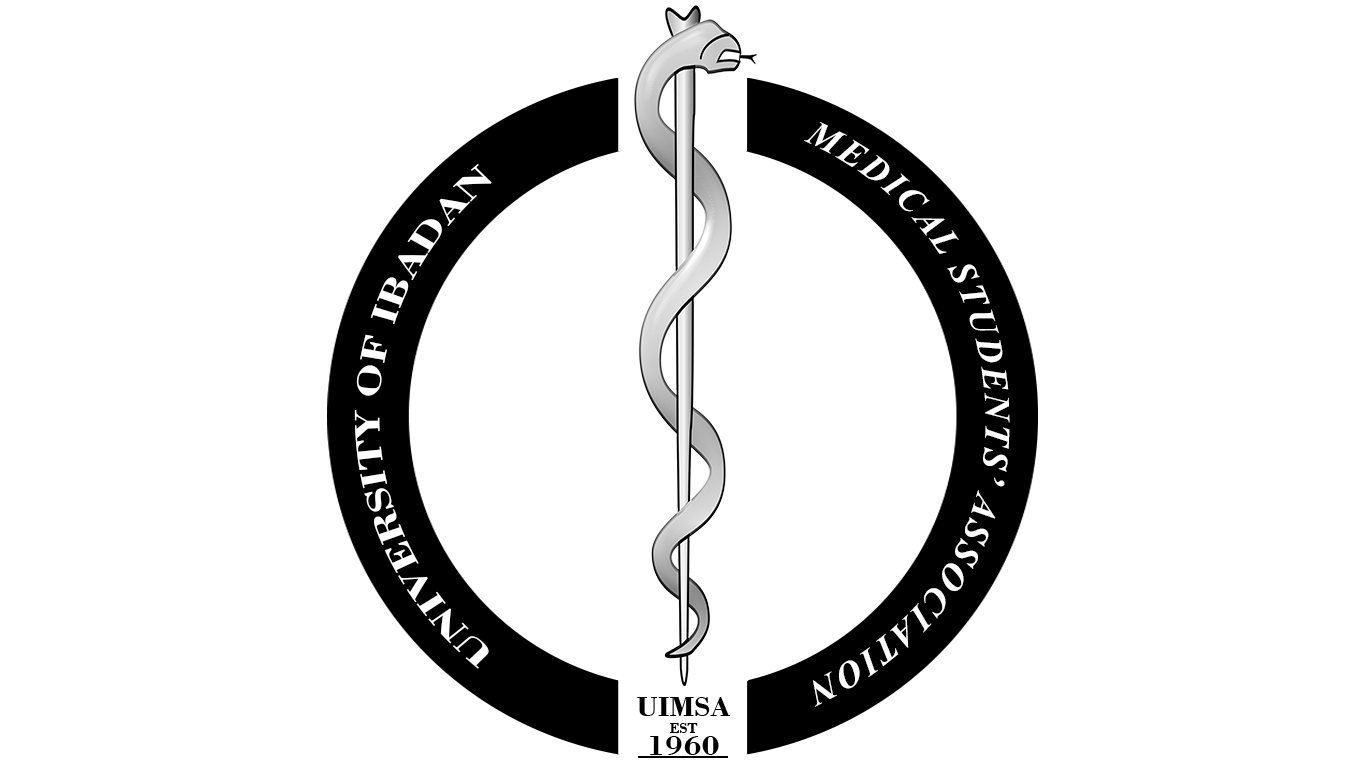According to the World Health Organisation’s (WHO’s) 2018 World Malaria Report, which was released this November, there was a global increase in cases of malaria, from 217 million in 2016 to 219 million in 2017, with Nigeria, Madagascar and the Democratic Republic of Congo reporting an extra half a million cases each.
The senior adviser for WHO’s Global Malaria Programme, Dr Alistair Robb, said, “We’re no longer seeing a decrease in malaria as we were over the past few years and this is a concern. The report also noted that an estimated 435,000 people died of malaria worldwide in 2017 out of which the African region accounts for 92 per cent of all cases”.
At a glance, progress against malaria prevalence may have slowed for two reasons. Funding for malaria control in most countries remains insufficient. The overall level of resources available in 2017, although slightly higher than in 2016, continues to fall short of our annual GTS funding target for 2020. Inadequate funding has resulted in major gaps in coverage of core malaria control tools that prevent, diagnose and treat malaria. In 2017, for example, an estimated half of the population at risk of malaria in Africa did not sleep under a treated net. Importantly, most ITNs distributed in recent years were used to replace old nets, resulting in limited quantities to cover additional populations.
At the World Health Assembly in May 2018, the WHO Director-General, Dr Tedros Adhanom Ghebreyesus, called for an aggressive new approach to jump-start progress against malaria. A new country-driven response – “High burden to high impact” – has been launched alongside the release of the World malaria report 2018.
The approach will be driven by the 11 countries that carry the highest burden of the disease (Burkina Faso, Cameroon, Democratic Republic of the Congo, Ghana, India, Mali, Mozambique, Niger, Nigeria, Uganda and United Republic of Tanzania).
Key elements of the new approach include:
- Political will to reduce the toll of malaria.
- Strategic information to drive impact;
- Better guidance, policies and strategies;
- A coordinated national malaria response.
Catalysed by WHO and the RBM Partnership to End Malaria, “High burden to high impact” builds on the principle that no one should die from a disease that is preventable and treatable. The support and engagement of all partners will be critically important to the success of this country-led approach.

